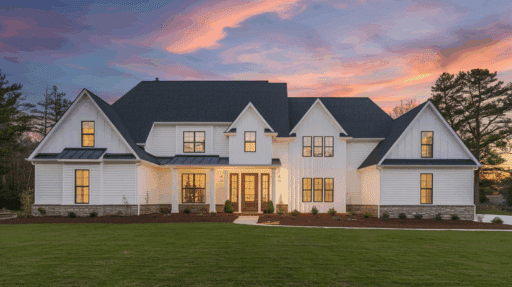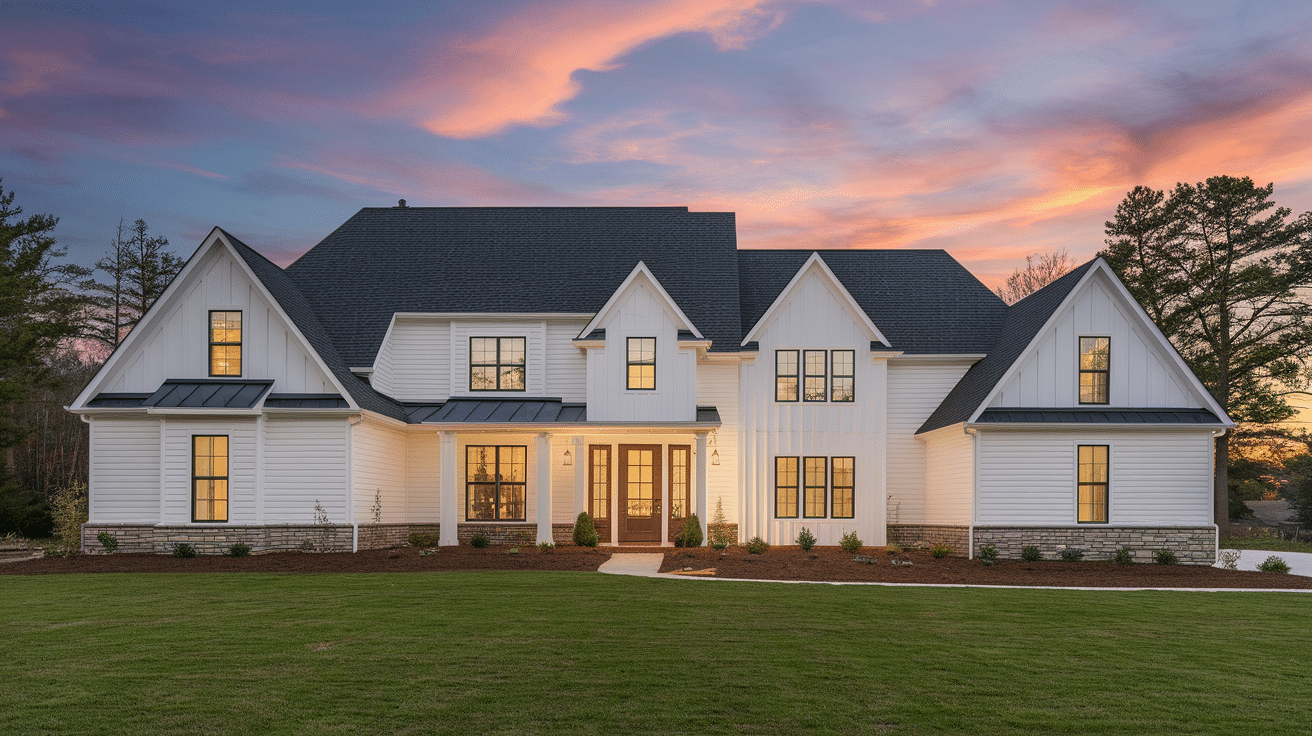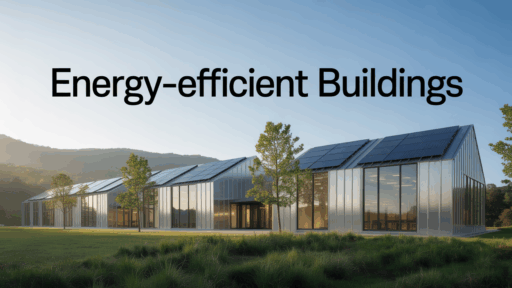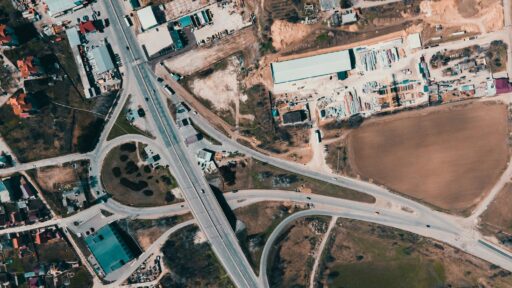Building a custom home sounds like a dream. You get to choose every detail, from layout to finishes unlike when you do home renovations. But what often catches people off guard are the hidden costs. Even if you’ve built a tight budget, surprise costs can break it apart. You might think you’ve planned for everything, but that’s rarely true.
If you’re considering a custom build, the biggest favor you can do for yourself is to prepare for what doesn’t show up on the first draft of your budget. These aren’t optional add-ons. They’re expenses you’ll have no choice but to cover. In this article, we will go over several to keep in mind.
1 – Temporary housing
If your custom build hits delays you may find yourself without a place to live for longer than planned. Staying with family might work for a few weeks, but long builds often stretch into months. That’s when temporary housing becomes more than just a backup plan.
For example, you may need to stay in Toronto using short term rentals while construction wraps up elsewhere. That means budgeting for travel, new routines, and added stress on top of everything else. You don’t want to make these decisions in a panic—plan for them now, before you’re forced to.
Short-term rentals, extended-stay hotels, or furnished apartments can help fill the gap. You might also need to rent furniture, move belongings multiple times, or store items you can’t bring with you.
2 – Design changes

Changing your mind mid-build can cost more than you think. It’s common to walk through the framing stage and suddenly decide a wall should shift or a window needs to be bigger. Each change affects the flow of work, and even small adjustments can snowball into new materials, added labor, and extended timelines.
What looks good on paper doesn’t always feel right in person. That’s when scope creep sneaks in. You might choose higher-end fixtures, opt for hardwood instead of laminate, or decide on custom cabinets halfway through. These aren’t always reckless decisions—they often make sense. But they rarely come cheap.
Then there are the custom features you didn’t originally plan for. Built-in shelving, vaulted ceilings, or tech setups like whole-home audio systems all sound great once you see the space coming together. The problem is that these extras often require specialized work.
3 – Permits
Before you can pour a foundation or frame a single wall, you’ll face a series of fees and prep work that often get overlooked. Local governments require permits for almost every part of construction. These include zoning, electrical, plumbing, even driveway access. These permits can total thousands of dollars, depending on your location and the size of your home.
In many areas, you’ll also need to pay what are called impact fees. These are charges meant to cover the strain your new home puts on local infrastructure, like roads and schools. Builders rarely include them in initial estimates, leaving you to absorb the cost once construction is already moving.








